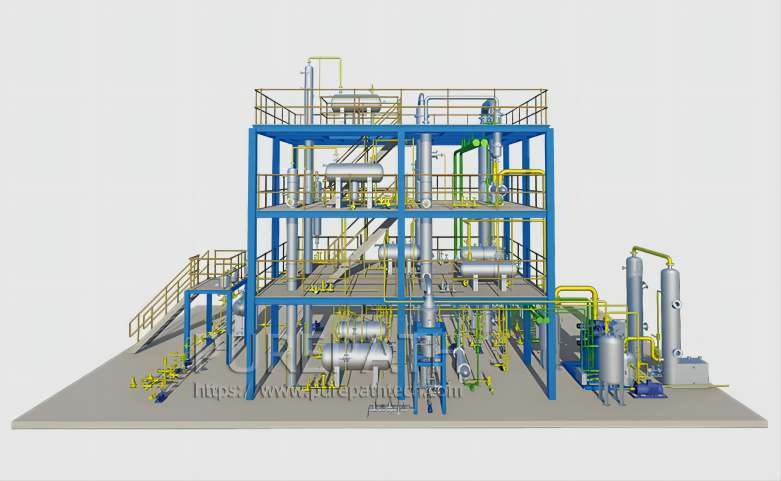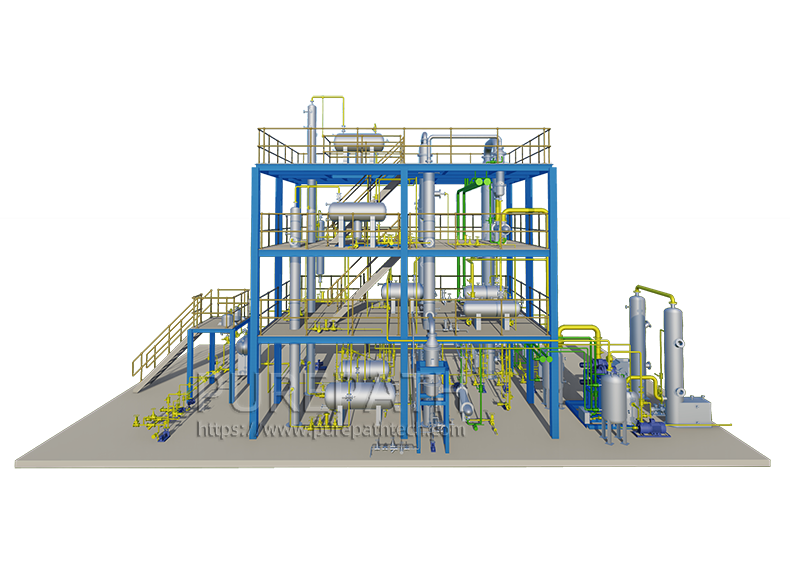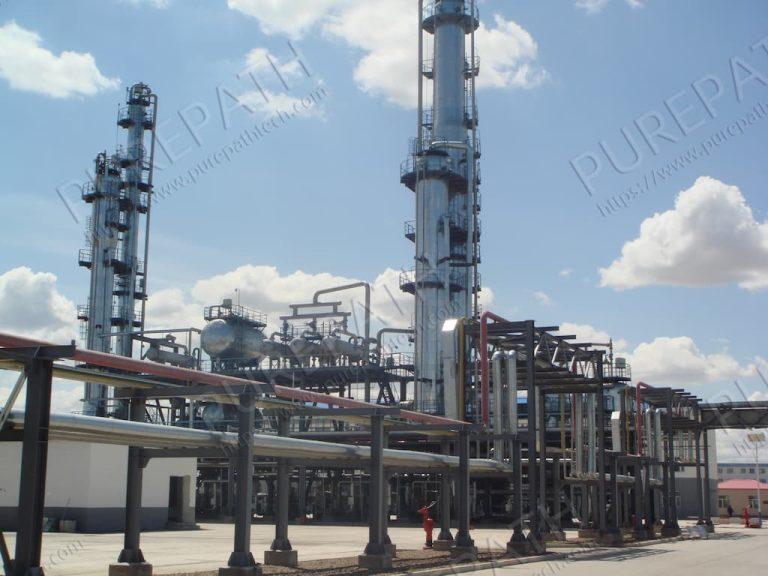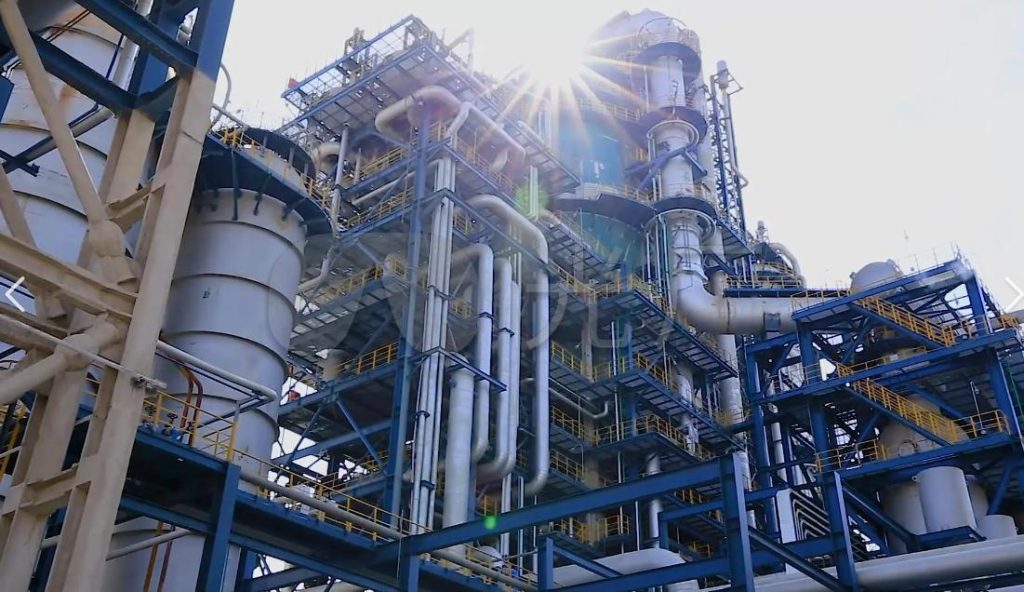A Technical Deep Dive into Diesel Desulfurization and the Rise of Ultrasonic Oxidation
The intricate dance of energy and environmental sustainability in the modern world hinges upon the meticulous refinement of fossil fuels. Among these, diesel, the lifeblood of transportation and industry, demands stringent purification to mitigate its inherent sulfur content. This article delves into the technical intricacies of desulfurization plants, with a particular focus on the emerging ultrasonic oxidative desulfurization plant technology.

How Sulfur in Diesel Threatens Our Planet and Health
Sulfur, a ubiquitous element in crude oil, poses a significant challenge in diesel utilization. During combustion, sulfur oxides (SOx) are released, contributing to acid rain, respiratory illnesses, and atmospheric particulate matter. Stringent environmental regulations, such as the IMO 2020 sulfur cap, have mandated drastic reductions in sulfur content, necessitating the implementation of sophisticated desulfurization technologies.
The Battle for Cleaner Diesel: Hydrodesulfurization and Biodesulfurization in the Spotlight
The traditional champion of diesel desulfurization is the Hydrodesulfurization (HDS) plant. This stalwart employs a multifaceted approach, utilizing high pressure, elevated temperatures, and specialized catalysts to convert sulfur compounds into easily removable hydrogen sulfide (H2S). HDS boasts impressive sulfur removal efficiency, but its Achilles’ heel lies in its high energy consumption and substantial capital expenditure. Additionally, spent catalysts require regeneration or disposal, posing environmental and economic concerns.
Biodesulfurization, a relatively nascent technology, offers a promising alternative. This eco-friendly approach harnesses the metabolic prowess of microorganisms to biodegrade sulfur compounds. While its environmental footprint is exemplary, biodesulfurization grapples with limitations in sulfur removal efficiency and scalability, currently hindering its widespread adoption.
How Does Ultrasonic Waves Revolutionize Diesel Purification?
The ultrasonic oxidative desulfurization plant is a rising star in the desulfurization arena. This technology leverages the power of ultrasonic waves to accelerate the oxidation of sulfur compounds in diesel. By generating high-intensity sound waves, the ultrasonic oxidative desulfurization plant creates cavitation bubbles within the fuel, intensifying mass transfer and facilitating the interaction between oxidants and sulfur molecules. This translates to significantly lower reaction times and temperatures compared to conventional Oxidative Desulfurization (ODS) processes.
Separation Techniques for Extracting Sulfone/Sulfoxide Derivatives from Diesel
The heart of the ultrasonic oxidative desulfurization plant lies in its ultrasonic reactor, a meticulously designed chamber where diesel and oxidants, typically hydrogen peroxide or ozone, are exposed to high-frequency sound waves. The cavitation bubbles generated within the reactor act as microscopic reaction sites, promoting the oxidation of organic sulfur compounds to readily separable sulfones or sulfoxides.
Following oxidation, the treated diesel undergoes a separation stage, where the polar sulfone/sulfoxide derivatives are extracted from the hydrocarbon matrix. This can be achieved through liquid-liquid extraction or adsorption techniques, yielding a desulfurized diesel product.
Why ultrasonic oxidative desulfurization plant is Poised to Transform Diesel Desulfurization?
The ultrasonic oxidative desulfurization plant offers a compelling value proposition compared to its established counterparts. Its lower energy consumption and milder operating conditions translate to operational cost savings. Additionally, the reduced reaction times and smaller reactor footprints facilitate compact and modular plant designs. Furthermore, ultrasonic oxidative desulfurization plant eliminates the need for regeneration of spent catalysts, minimizing environmental impact.

ultrasonic oxidative desulfurization plant: Challenges and Opportunities
Despite its numerous advantages, the ultrasonic oxidative desulfurization plant is still in its nascent stages of commercialization. Challenges lie in the scaling up of the technology to handle large-volume diesel processing and optimizing the efficiency of the ultrasonic reactor. Additionally, research is ongoing to develop more effective and environmentally benign oxidants for the process.
However, the potential of ultrasonic oxidative desulfurization plant is undeniable. Its technological prowess, coupled with its environmental and economic benefits, positions it as a game-changer in the desulfurization landscape. As research and development efforts continue, the ultrasonic oxidative desulfurization plant is poised to play a pivotal role in ensuring the sustainable and environmentally responsible utilization of diesel fuel in the years to come.
Conclusion
The quest for cleaner and more sustainable energy sources is a continuous journey. In the realm of diesel desulfurization, the emergence of ultrasonic oxidative desulfurization plant technology marks a significant advancement. Its potential to overcome the limitations of traditional methods while offering environmental and economic advantages makes it a beacon of hope for a cleaner and more sustainable future. As research and development efforts continue, the ultrasonic oxidative desulfurization plant is poised to rewrite the narrative of diesel desulfurization, paving the way for a more harmonious relationship between energy and the environment.







